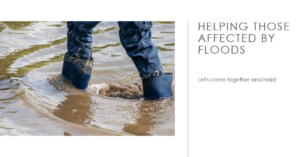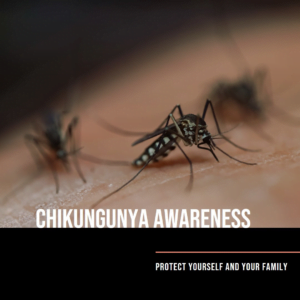Dr Florence Oryem-Ebanyat, through her concept paper in 1996, she and the partner organisations produced the first batch of the mama kit the following year, aiming to make a difference in the lives of pregnant women during the labour and delivery process. Eight years later, the Ugandan Ministry of Health adopted the mama kit as a basic kit for delivery. The ministry distributes it to its health centres to distribute them to pregnant women at antenatal. It is part of the birth preparedness plan. The legacy lives on for this incredible doctor who innovated the tool and coined its eventual adoption by the government.
The Mama Kit is the standard tool for a clean and safe delivery for all pregnant women. It is a household name that it’s uncommon to find a person who hasn’t heard about it. The kit aims to prepare pregnant women for a clean and safe birth. Much as it is distributed for free by the Ugandan government, those who miss the opportunity can buy it from authorised stores from 50,000 Uganda Shillings. The Mama Kit is critical to the pregnant women that are part of the 76% of Uganda’s population that lives in rural areas.
Pregnant women use the Mama Kit to prevent tetanus, sepsis, HIV transmission, and other infections. It contains at least nine prepacked items. They are: –
- Two plastic sheets
- Soap
- Disposable gloves
- At least two pairs of surgical gloves
- A roll of cotton wool
- Umbilical cord ties (ligatures)
- Surgical blades
- New child growth and postnatal card
- Gauze
Plastic sheets cover both the delivery bed and the mattress that the woman rests on after delivery to maintain proper hygiene and prevent infections they may contract from lying on uncovered beds. Soap cleans both the mother and the baby. Attendants often use disposable gloves to clean up the mother and wash the delivery clothing as they see fit. Midwives and other designated health care providers use surgical gloves to protect either personnel from spreading infections. Cotton wool and gauze help the mother pad herself and prevent soiling with blood. The improvised sanitary pads also help identify those mothers who experience more bleeding than expected.
Related:
Eight Antenatal Care Contacts: Why not the usual four visits?
Antenatal Care: Increase Awareness.
Improving Maternal and Newborn Health: What are the recommended interventions?
After delivery, midwives cut and tie the baby’s umbilical cord stump using the cord ligatures. They immediately immunise the baby and record the details on the child health and growth monitoring card that comes prepacked in the Mama Kit.
A few Mama Kits contain disinfectants like Jik, baby receivers like towels, and saline water but, they carry an extra cost. However, most health centres have enough disinfectants – the ones found in the Mama Kit are usually for sanitising the mother’s clothes after delivery. In many cases, soap detergents may suffice.
Many individuals, companies or organisations distribute or sell the Mama Kit. They include Teheca, Living Goods, and Fraha. Check them out.




